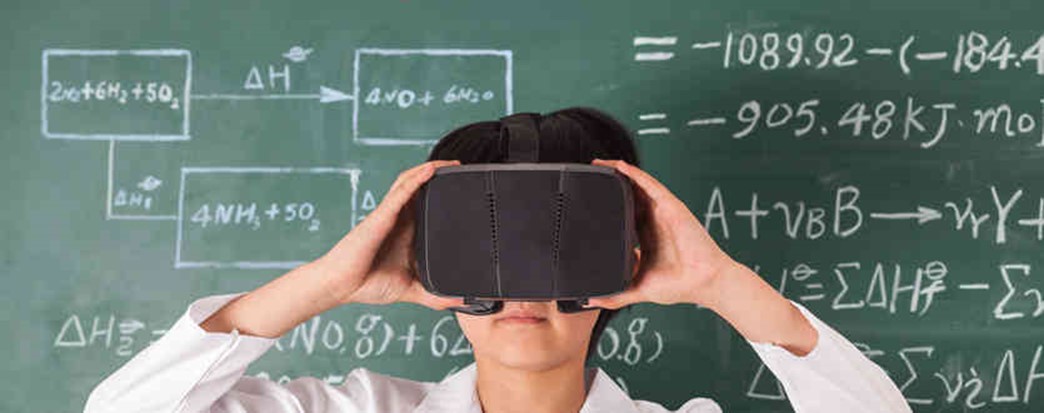
The introduction and adoption of new technologies in learning and teaching has rapidly evolved over the past 30 years. It is easy to forget the debates that have raged in our institutions over students being allowed to use what are now regarded as rudimentary technologies. Assistive technologies are just some examples of technologies initially designed to assist people with a disability. The use of these technological solutions was later expanded, and we find them now as generic features in all personal computers, handheld devices or wearable devices. These technologies now augment the learning interactions of all students globally, enhancing possibilities opened for teaching and design of educational experiences. The rise of artificial intelligence (AI) is now enhancing tools and instruments used day by day in cities and campuses around the world.
Artificial intelligence is now an integral part of our daily life. Students are placed at the forefront of a vast array of possibilities and challenges for learning and teaching in higher education. Solutions for human-AI interaction and collaboration are already available to help people with disabilities. They can inspire educators to apply them in education to augment learners and teachers for a more engaging process. The idea of cyborgs is not as far away as we may imagine, as the possibilities to combine human capacities with new technologies are already being used and developed at an accelerated pace.
Complex computing systems using machine learning algorithms can engage to a certain degree in human-like processes and complex processing tasks. This opens to a new era for institutions of higher education. This type of human-machine interface presents the immediate potential to change the way we learn, memorize, access, and create information. The question of how long it will take to use this type of interface to enhance human memory and cognition is one which we are currently unable to answer. It may turn to reality beyond the end of this century, as the MIT scholar suggests or much sooner when we consider the pace of change in the technologies used in teaching and learning since 2007.
Education_auto1
Exploring the impact of artificial intelligence on teaching and learning in higher education